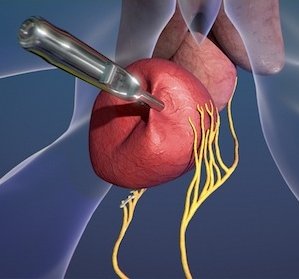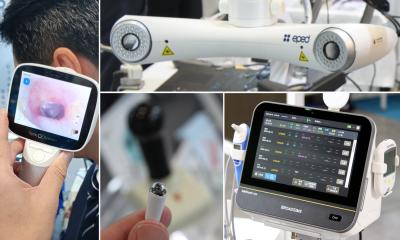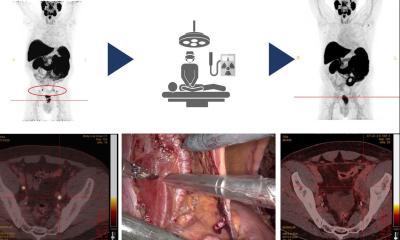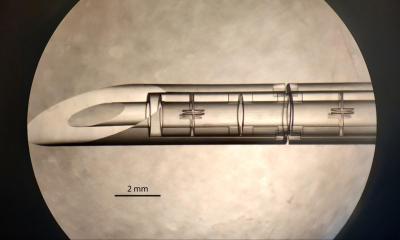News • Prostate cancer
Magnetic surgery takes promising first steps
Magnets may play a central role in the future of surgery. This summer, US surgeon Dr. Jeffrey Cadeddu performed the first of several magnet-assisted prostate cancer surgeries he has now done.

Nearly two decades ago, Dr. Jeffrey Cadeddu was watching TV when a lightbulb went off. The program showed teens using magnetic studs to avoid piercings in their lips, and Dr. Cadeddu, a surgeon, realized the same principle could be applied to his work, reducing the number of incisions and resultant scars. “Every hole you create in a patient has a risk associated with it. Every incision means increased pain, increased risk of hitting a blood vessel,” said Dr. Cadeddu, Professor of Urology and Surgery at UT Southwestern Medical Center and a member of the Harold C. Simmons Comprehensive Cancer Center.
Going forward, five incisions or likely even less may become standard for this procedure
Jeffrey Cadeddu
Dr. Cadeddu and his colleagues spent years developing the concept of magnetic-assisted surgery, reporting on their work in The Annals of Surgery. Though another company subsequently took up the mantel, when the FDA approved the first commercial magnetic-assisted laparoscopic surgery system, Dr. Cadeddu was delighted to make UT Southwestern one of the few medical centers in the country – and the first in Texas – to put the magnetic surgery device to use.
In magnetic surgery, multiple operative devices are inserted through an access point and then the magnetic device is controlled by a magnet on the skin over the abdomen. By contrast, conventional laparoscopic or robotic surgery requires an incision for each tool. Prostate cancer surgery is typically performed with a robotic system that requires six incisions for the various surgical instruments and camera. “Going forward, five incisions or likely even less may become standard for this procedure,” Dr. Cadeddu said.
In August 2018, Dr. Cadeddu demonstrated the magnetic-assisted surgery technique for attendees at the Asia Pacific Prostate Cancer Conference in Brisbane, Australia. “My dream of doing magnetic surgery dates back to when I was a young faculty member, and it has finally come true,” said Dr. Cadeddu, who holds the Ralph C. Smith, M.D. Distinguished Chair in Minimally Invasive Urologic Surgery.
Source: UT Southwestern Medical Center
30.08.2018











